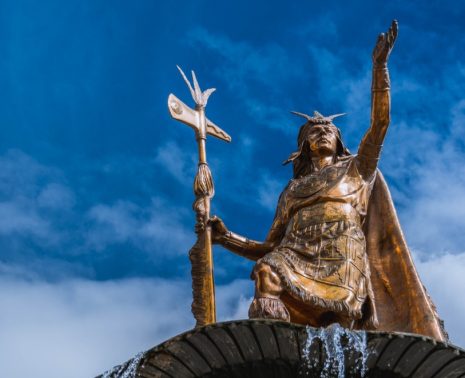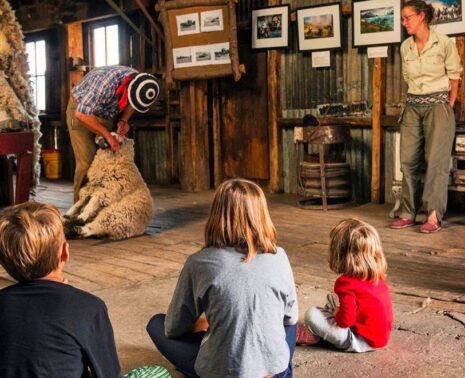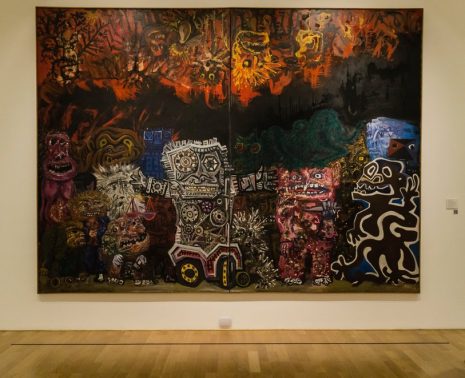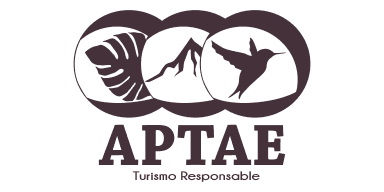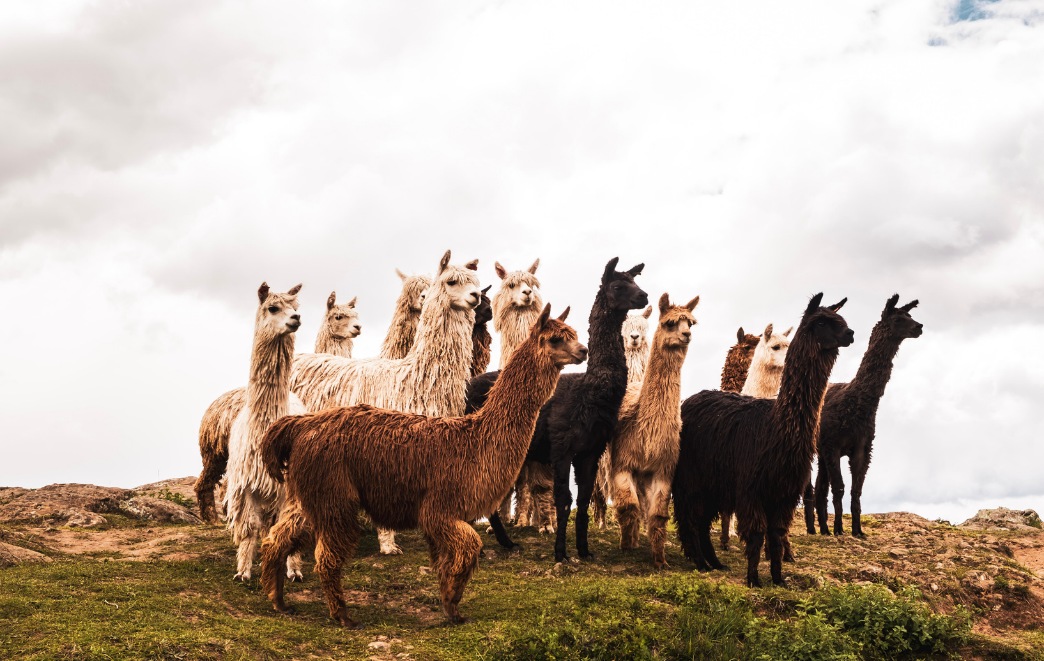
On your personalized travel to Peru, you will undoubtedly have the opportunity to purchase sweaters, scarves, and other clothing items made from alpaca and “baby alpaca.” From street vendors to luxury stores, many folks claim their item is made from the finest baby alpaca. But what is “baby alpaca” and how does one really distinguish the differences among alpaca, baby alpaca, sheep’s wool, and acrylic materials?
1- Baby alpaca fiber doesn’t really come from baby alpacas.
The reference “baby alpaca” relates to the fineness of the fiber. In textile terminology, baby alpaca fiber has a measurement of between 19-21 microns in diameter. An even finer grade, royal alpaca, measures less than 19 microns. Baby alpaca and royal alpaca come from the softest parts of the alpaca, usually around the chest of the animal. Regular “alpaca’ fiber that is neither “baby alpaca” nor royal alpaca” has a micron measurement of around 26 microns. By comparison, a human hair has an average measurement of 100 microns in diameter.
2- Alpaca is stronger and warmer than sheep’s wool.
Because of the fineness of the yarn, alpaca feels soft and silky to the touch. Although it is much lighter in weight than sheep’s wool, it is also up to seven times warmer! It also lacks that characteristic itch; rather it feels lovely and soft against your skin. Alpaca is much less likely to cause allergies than sheep’s wool, as it does not contain lanolin, a substance that may irritate some people’s skin. Alpaca fibers are also completely hollow, contributing to its warming properties.
3- There are two types of alpacas, Huacaya and Suri
Huacaya alpacas produce crimpy, curly, dense and soft wool, while Suri alpacas have longer cylindrical locks resembling dreadlocks. The fiber of the Suri alpaca is rarer and more highly prized than that of the Huacaya alpaca type.
4- Acrylic vs. Alpaca
The sweaters, scarves, and shawls you may encounter in the markets or on the streets will likely be mostly acrylic – these items are great if you are looking for a cute, cozy, inexpensive sweater or scarf for walking around town during the chilly Andean nights.
To tell the difference – real alpaca feels cool when you touch it, while acrylic garments feel warmer to your fingertips. Vendors may brush the outside of an acrylic sweater to give it a softer and smoother feel, but be sure to touch the inside of the garment: it will often feel much rougher if it’s acrylic. Also, an alpaca garment is heavier than an acrylic one.
The biggest indicator here will be price – an acrylic sweater will run approximately 40 – 50 soles, or US US$12 – US$15, whereas a baby alpaca sweater will be approximately 500 – 700 soles, or about US$150 – US$200.
5- Vicuña is even more precious than alpaca, and much more expensive.
Considered the rarest and most precious fiber in the world, the vicuña comes from the wild ancestor of the alpaca. One hair of their naturally golden fleece is only around 11- 14 microns thick, and a vicuña jacket may sell for as much as $7000! Vicuñas are not domesticated, but rather they run in carefully guarded herds that are rounded up and shorn only once every three years. Their wispy hairs amount to around 300 grams per animal, per harvest.
When you buy genuine alpaca garments of any grade, be sure that the fiber is sourced from communities that are being fairly compensated. Herdsmen treasure their animals and deserve to make a living from the hard work they put into their lifestyle. On your journey to Peru, we will bring you to communities where the raising and harvesting of alpaca fiber and the making of textiles is a traditional way of life that dates back for many centuries, and you will have the chance to see and touch alpacas and purchase textiles woven from their highly prized wool.
Fascinating Facts You Should Know About the Incas
Curious to know some facts about the Incas? Explore Inca Heritage with Kuoda Travel. Well, for starters, depen...
Read Post4 Ways To Immerse Your Family in Local Culture on Your Luxury Trip To South America
If you’re planning a luxury trip to South America for the entire family and want to include some kid-friendl...
Read Post11 Must-See Art and Culture Experiences In Argentina
Overflowing with creativity and passion, art and culture experiences in Argentina are not difficult to find. F...
Read Post

 Call
Call 







